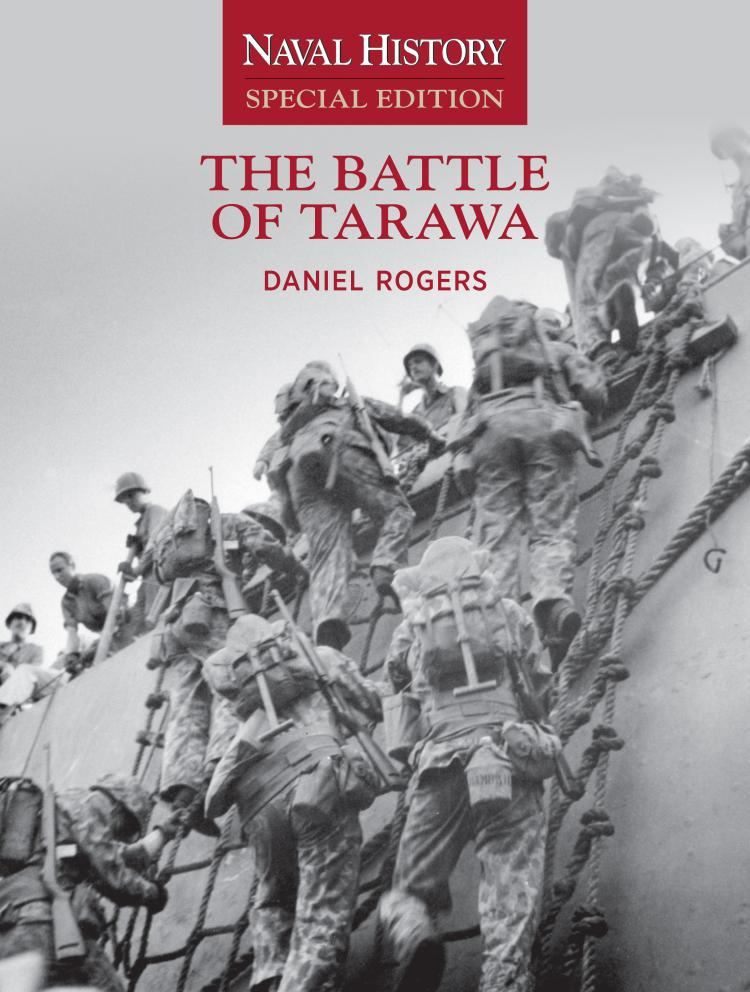The Battle of Tarawa
- Subject: Naval History Special Editions
- Format:
Softcover
- Pages:
120pages
- Illustrations:
110 b/w photos, 10 color photos, 10 b/w line drawings, 10 b/w maps
- Published:
May 15, 2022
- ISBN-10:
1591147034
- ISBN-13:
9781591147039
- Product Dimensions:
10.75 × 8.5 × 1 in
- Product Weight:
24 oz
Overview
Building upon the expertise of the authors and historians of the Naval Institute Press, the Naval History Special Editions are designed to offer studies of the key vessels, battles, and events of armed conflict. Using an image-heavy, magazine-style format, these Special Editions should appeal to scholars, enthusiasts, and general readers alike.
When it was over after 76 hours, lessons had been learned about amphibious landings and subsequent combat that would help the United States move quickly into the Marshall and Mariana Islands and then to the vicinity of Japan itself at Iwo Jima and Okinawa. Rarely has one brief but horrific battle meant so much, for so many, for so long.




